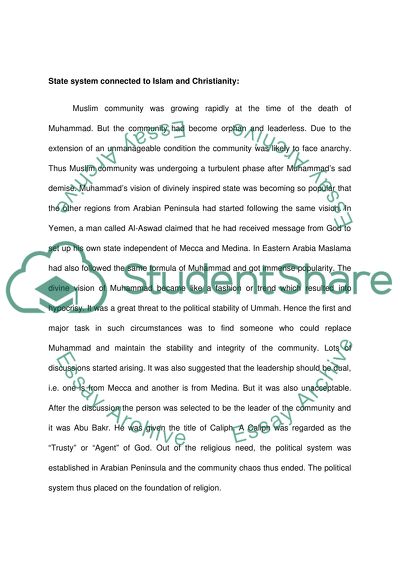Cite this document
(“Key aspects of Formation of a Persecuting Society and No god but God Term Paper”, n.d.)
Key aspects of Formation of a Persecuting Society and No god but God Term Paper. Retrieved from https://studentshare.org/religion-and-theology/1437658-key-aspects-of-formation-of-a-persecuting-society
Key aspects of Formation of a Persecuting Society and No god but God Term Paper. Retrieved from https://studentshare.org/religion-and-theology/1437658-key-aspects-of-formation-of-a-persecuting-society
(Key Aspects of Formation of a Persecuting Society and No God But God Term Paper)
Key Aspects of Formation of a Persecuting Society and No God But God Term Paper. https://studentshare.org/religion-and-theology/1437658-key-aspects-of-formation-of-a-persecuting-society.
Key Aspects of Formation of a Persecuting Society and No God But God Term Paper. https://studentshare.org/religion-and-theology/1437658-key-aspects-of-formation-of-a-persecuting-society.
“Key Aspects of Formation of a Persecuting Society and No God But God Term Paper”, n.d. https://studentshare.org/religion-and-theology/1437658-key-aspects-of-formation-of-a-persecuting-society.


